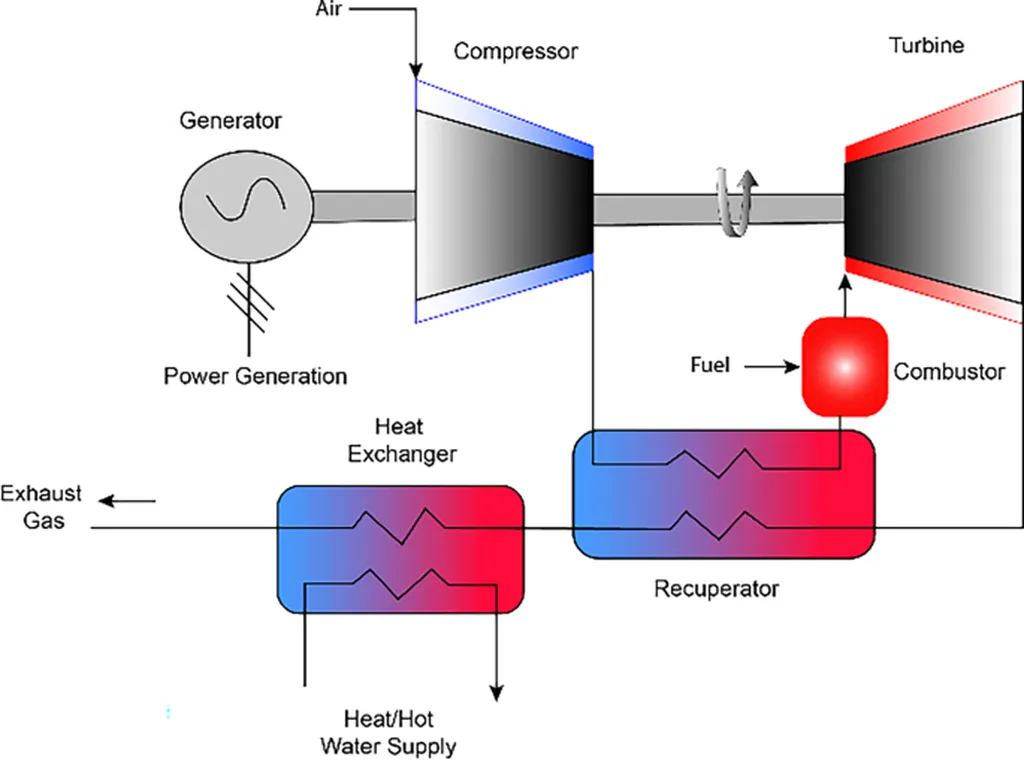In the pursuit of more efficient and cleaner energy solutions, researchers have made a significant stride in the realm of gas turbine technology. S. S. Tihonchik, a lead engineer at JSC “Belavia” – Belarusian Airlines, has spearheaded a study that could revolutionize the way we think about fuel atomization in modern engines. The research, published in the journal “Весці Нацыянальнай акадэміі навук Беларусі: Серыя фізіка-тэхнічных навук” (translated as “Proceedings of the National Academy of Sciences of Belarus: Series of Physical and Technical Sciences”), introduces a low-pressure nozzle with aerodynamic fuel atomization that promises to enhance fuel efficiency and reduce emissions.
The study focuses on the development of a low-pressure nozzle model, leveraging modern computer design systems to streamline the development process. Using the Flow Simulation module of the SolidWorks software package, Tihonchik and his team were able to calculate and build a model of the internal flow around the nozzle. This approach allowed them to evaluate the manufacturability of the design and the internal processes of mixing fuel with air, all while reducing the time typically required for such calculations.
One of the key findings of the research is the determination of the quality of fine dispersion of the fuel atomization. By calculating a model of the velocity field over the entire section of the nozzle, the team observed that the maximum flow rate of the fuel is achieved in the outlet channels of the fuel atomizer. This indicates the successful operation of the low-pressure principle while maintaining high-quality fuel atomization.
“The results obtained demonstrate the potential of low-pressure nozzles with aerodynamic fuel atomization in modern gas turbine engines,” Tihonchik explained. “This technology could be a game-changer for the energy sector, particularly in civil aviation and gas turbine applications.”
The implications of this research are far-reaching. In an industry where efficiency and environmental impact are paramount, the development of low-pressure nozzles with aerodynamic fuel atomization could lead to significant improvements in fuel efficiency and a reduction in harmful emissions. This could translate into substantial cost savings for airlines and other industries that rely on gas turbine engines, as well as a smaller carbon footprint.
Moreover, the use of modern computer design systems in the development process highlights the growing importance of digital tools in the energy sector. By leveraging these technologies, researchers and engineers can accelerate the development of new technologies and bring them to market more quickly.
As the world continues to search for cleaner and more efficient energy solutions, the work of Tihonchik and his team offers a promising path forward. The research not only advances our understanding of fuel atomization in gas turbine engines but also underscores the potential of digital tools in driving innovation in the energy sector. With further development and implementation, this technology could play a crucial role in shaping the future of energy production and consumption.

